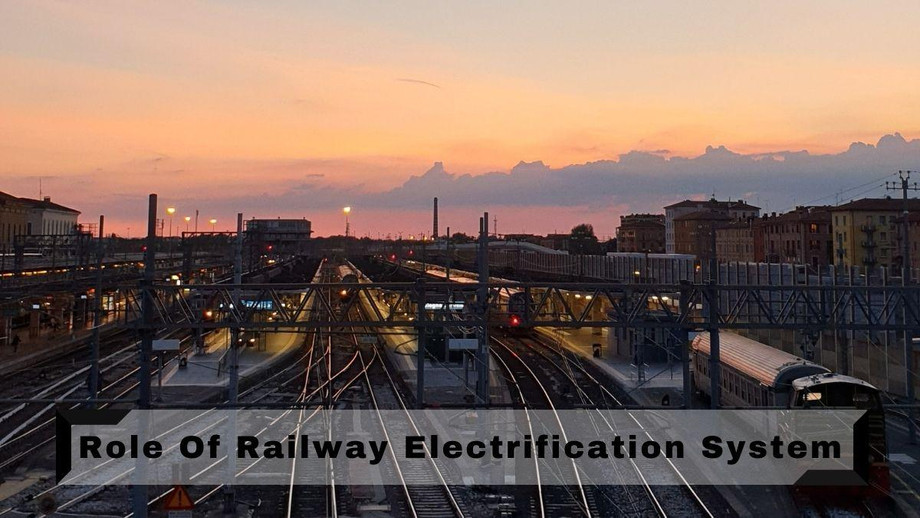Have you ever noticed trains move along the electric lines? This is known as Railway Electrification System, it supplies electric power to trains without any requirement of fuel supply or an on-board prime mover. There are numerous types of electrification systems in use throughout the world.
In comparison to diesel engines, electric railways offer sustainability with better energy efficiency. The electric lines are connected with RSJ mast, also known as Rolled Steel joint. It is a type of steel structure that is made from MS pipes.
Advantages of Electric Traction
The main advantage of the railway electrification system is that it has electric traction, this has a higher power-to-weight ratio compared to traditional trains which have steam or diesel engine. The advantage of electric traction are:
Acceleration: Electricity enabled trains to move faster and gives acceleration to the trains on-move. Moreover, this has higher tractive force on a steep gradient which keeps the train at optimum speed.
Cleaner Environment: One of the major advantages of using the electric train in current times is this has pollution-free transportation. Electric traction produces fewer pollutants compared to diesel engines. Moreover, the use of an electric locomotive engine prevents noise pollution.
Modernization in Trains: With the viewpoint of modernity in transportation electrification system plays a crucial role. It brings down the maintenance cost and improves the reliability of the power supply system.
The government has adopted new state-of-the-art technology and invested in infrastructure such as the installation of RSJ mast for the supply of electricity in every corner of India for a smooth travel experience to travelers.
Overhead Transmission
Like most electric transmissions, railways traction has also overhead transmission. It provides easier transmission of power at a longer distance which is supported by poles and towers.
The towers are mainly made of wood, MS steel, or aluminum. The main role of overhead design is to maintain clearance between energized conductors and ground to prevent any contact from the line.
AC Current
The overhead electrification system uses alternating current instead of DC. The alternating current can be easily transformed in lower voltage inside the locomotive. This allows the higher voltage in the line and supplies a smaller amount of current in the line. This system ensures there is very little loss of current along the lines.
Conclusion
The future of the railway depends on the electrification system. The RSJ mast plays an important role in the supply of electricity along the lines of the electric transport system. Railway electrification has constantly increased and the government is planning to provide the right infrastructure for the growth of the railway electrification system. This includes RSJ masts, beams, sub-station structures, and gantries for connecting every corner of India with an electrification system.

